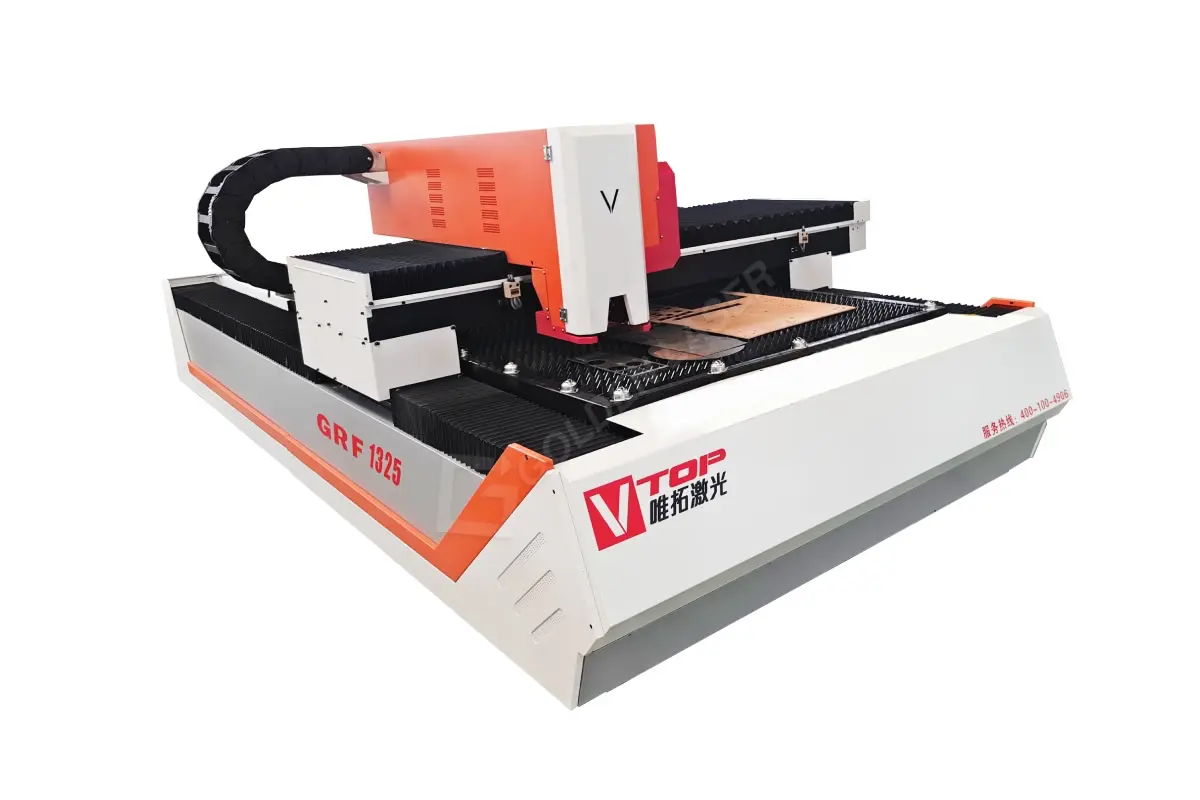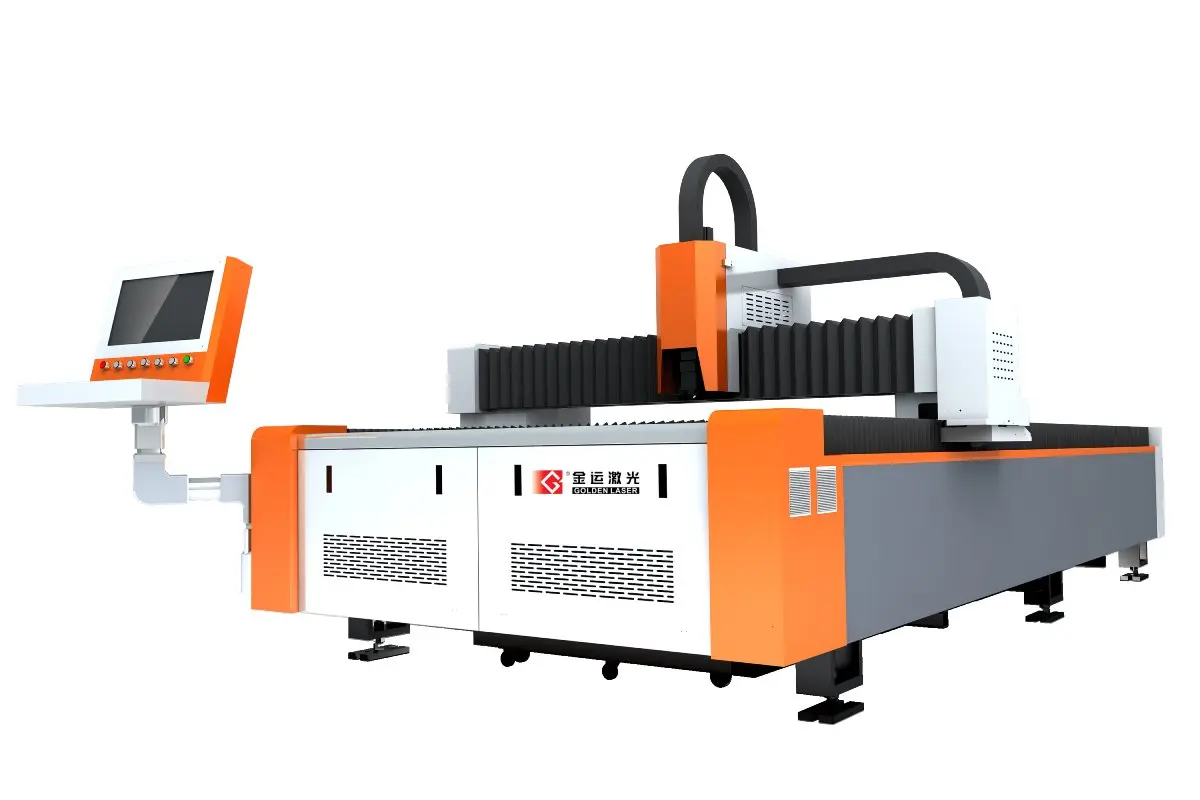Metal cutting is a crucial process in the manufacturing industry, as it involves shaping metal into various sizes and shapes to suit specific requirements. Whether it is for creating components for aerospace, automotive, or construction industries, precision in metal cutting is essential for ensuring quality and efficiency.
One of the primary methods of metal cutting is mechanical cutting, which involves using tools such as saws, drills, and lathes to remove material from a workpiece. These tools are designed to cut through different types of metals, including steel, aluminum, and titanium, with precision and accuracy. The effectiveness of mechanical cutting depends on factors such as the cutting tool’s sharpness, feed rate, cutting speed, and coolant usage.

The importance of precision in metal cutting processes for manufacturing efficiency
Another common method of metal cutting is thermal cutting, which involves using heat to cut through metal. This process includes techniques such as plasma cutting, laser cutting, and oxy-fuel cutting. Thermal cutting is particularly useful for cutting through thick metal plates and sheets quickly and efficiently. However, the precision of thermal cutting can be influenced by factors such as the power and focus of the heat source, as well as the material being cut.
One of the key challenges in metal cutting is achieving the desired level of precision while maintaining efficiency. Precision in metal cutting is crucial for ensuring components fit together accurately during assembly, reducing material waste, and minimizing the need for secondary processing. Inaccuracies in metal cutting can lead to costly rework, delays in production, and lower product quality.
To achieve precision in metal cutting, manufacturers need to consider several factors. First, selecting the right cutting tool for the job is essential. Different metals require specific cutting tools and techniques to achieve the desired level of precision. Additionally, factors such as tool geometry, tool material, and cutting parameters need to be optimized for each cutting operation.
Furthermore, the use of advanced technologies, such as computer numerical control (CNC) machining, can significantly improve the precision of metal cutting processes. CNC machines use computer-controlled systems to perform precise cutting operations, allowing for consistent and repeatable results. This technology enables manufacturers to achieve intricate shapes and dimensions with high accuracy, reducing the risk of errors in metal cutting.

The importance of precision in metal cutting processes for manufacturing efficiency
Moreover, proper maintenance of cutting tools and equipment is crucial for maintaining precision in metal cutting. Regular sharpening, calibration, and replacement of cutting tools are necessary to ensure optimal performance and accuracy. Additionally, monitoring cutting parameters, such as cutting speed, feed rate, and coolant usage, can help in achieving the desired level of precision in metal cutting.

The importance of precision in metal cutting processes for manufacturing efficiency
In conclusion, precision in metal cutting is fundamental for achieving efficiency and quality in the manufacturing industry. By using the right cutting tools, optimizing cutting parameters, and leveraging advanced technologies, manufacturers can ensure accurate and consistent results in metal cutting processes. Emphasizing precision in metal cutting not only improves product quality and reliability but also enhances overall manufacturing efficiency. Stainless Steel Laser Cutting Machine Price



